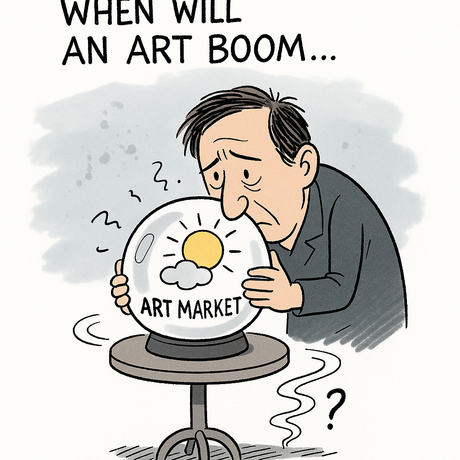The Museum of Modern Art in New York has opened a groundbreaking retrospective dedicated to Wifredo Lam, the influential Cuban artist whose work masterfully bridged Caribbean culture with European modernism. This comprehensive exhibition marks the first major museum retrospective of Lam's work in the United States in decades, finally giving proper recognition to an artist who has long been overshadowed despite his significant contributions to 20th-century art.
Born in Cuba in 1902 to a Chinese immigrant father and Afro-Cuban mother, Lam developed a unique artistic vision that would later influence generations of artists across the Americas and Europe. His multicultural background profoundly shaped his artistic perspective, allowing him to create works that seamlessly blended African, Caribbean, and European artistic traditions. The MoMA exhibition features over 200 works spanning Lam's entire career, from his early academic training in Spain to his mature works that established him as a major figure in the international art scene.
The retrospective highlights Lam's revolutionary approach to depicting Caribbean identity and culture through a modernist lens. His paintings often featured hybrid figures that combined human, animal, and plant forms, creating a visual language that spoke to the complex cultural mixing of the Caribbean. Works like "The Jungle" (1943) and "The Wedding" (1947) demonstrate his ability to merge surrealist techniques with Afro-Caribbean spiritual and cultural elements, creating something entirely new in the art world.
Lam's time in Paris during the 1930s proved crucial to his artistic development, where he formed close relationships with Pablo Picasso, André Breton, and other leading figures of the European avant-garde. These connections helped him develop his distinctive style while maintaining his commitment to representing Caribbean culture and identity. The exhibition includes several works from this period that show the evolution of his artistic voice and his growing confidence in merging different cultural influences.
The timing of this retrospective is particularly significant given the growing recognition of artists from the Global South and the increasing attention to how colonialism and cultural exchange shaped modern art. Museum curators note that Lam's work offers crucial insights into how artists navigated between different cultural worlds during a time of major political and social upheaval. His paintings provide a unique perspective on themes of identity, displacement, and cultural synthesis that remain highly relevant today.
The exhibition runs through early next year and includes loans from major museums and private collections worldwide. Art critics have praised the show for its scholarly approach and its success in positioning Lam within the broader context of international modernism while highlighting his unique contributions to the movement. This long-overdue recognition finally establishes Lam's rightful place among the major artists of the 20th century.































